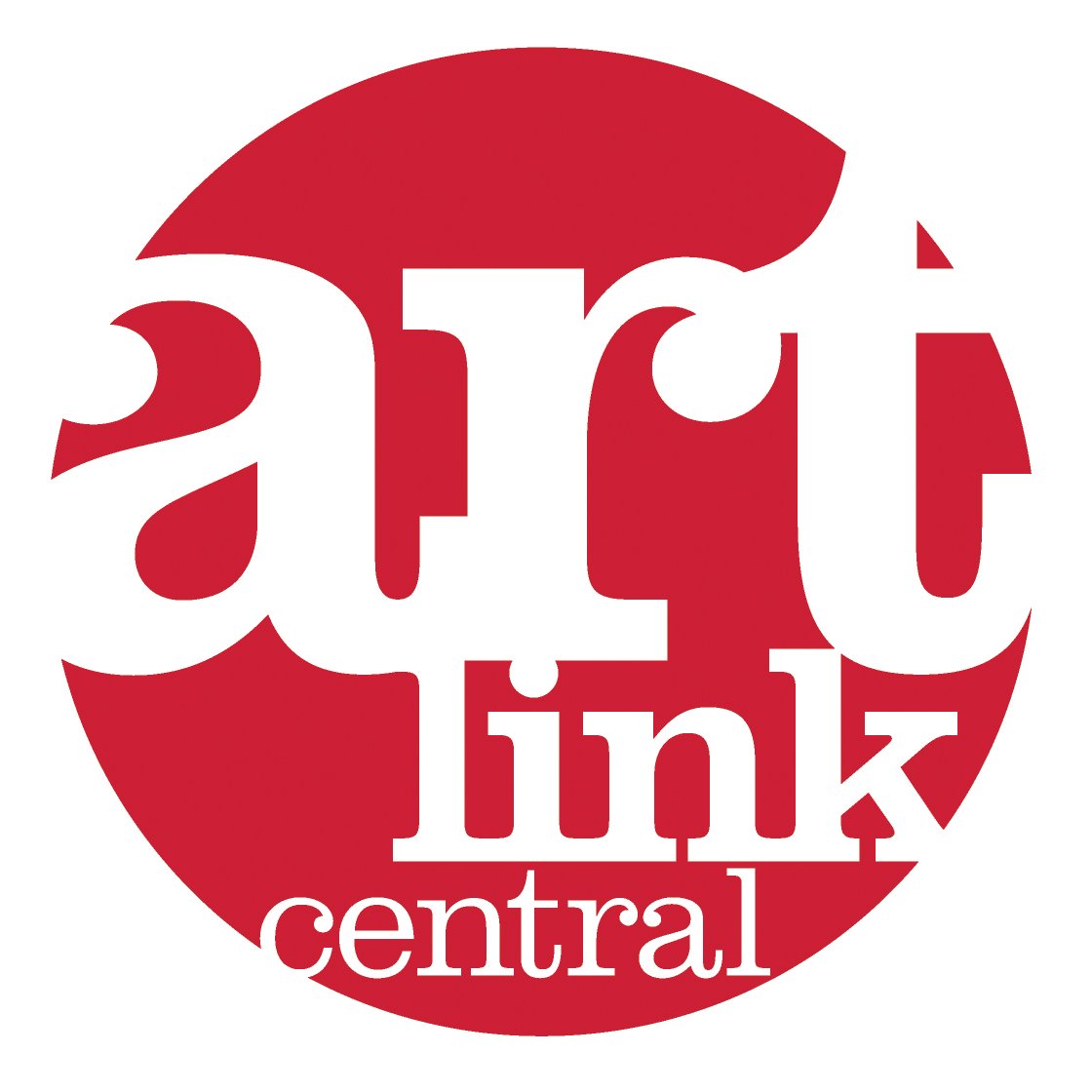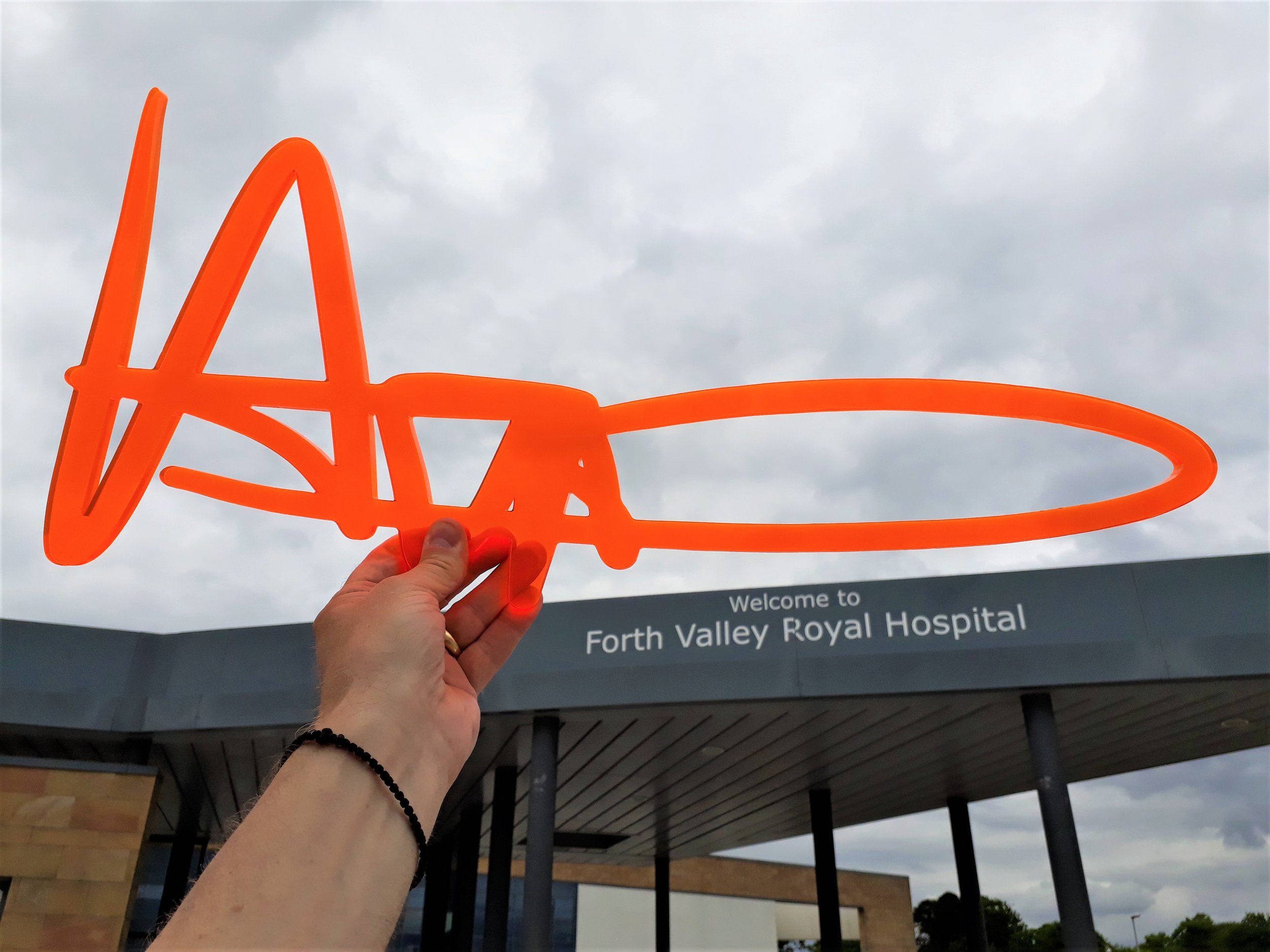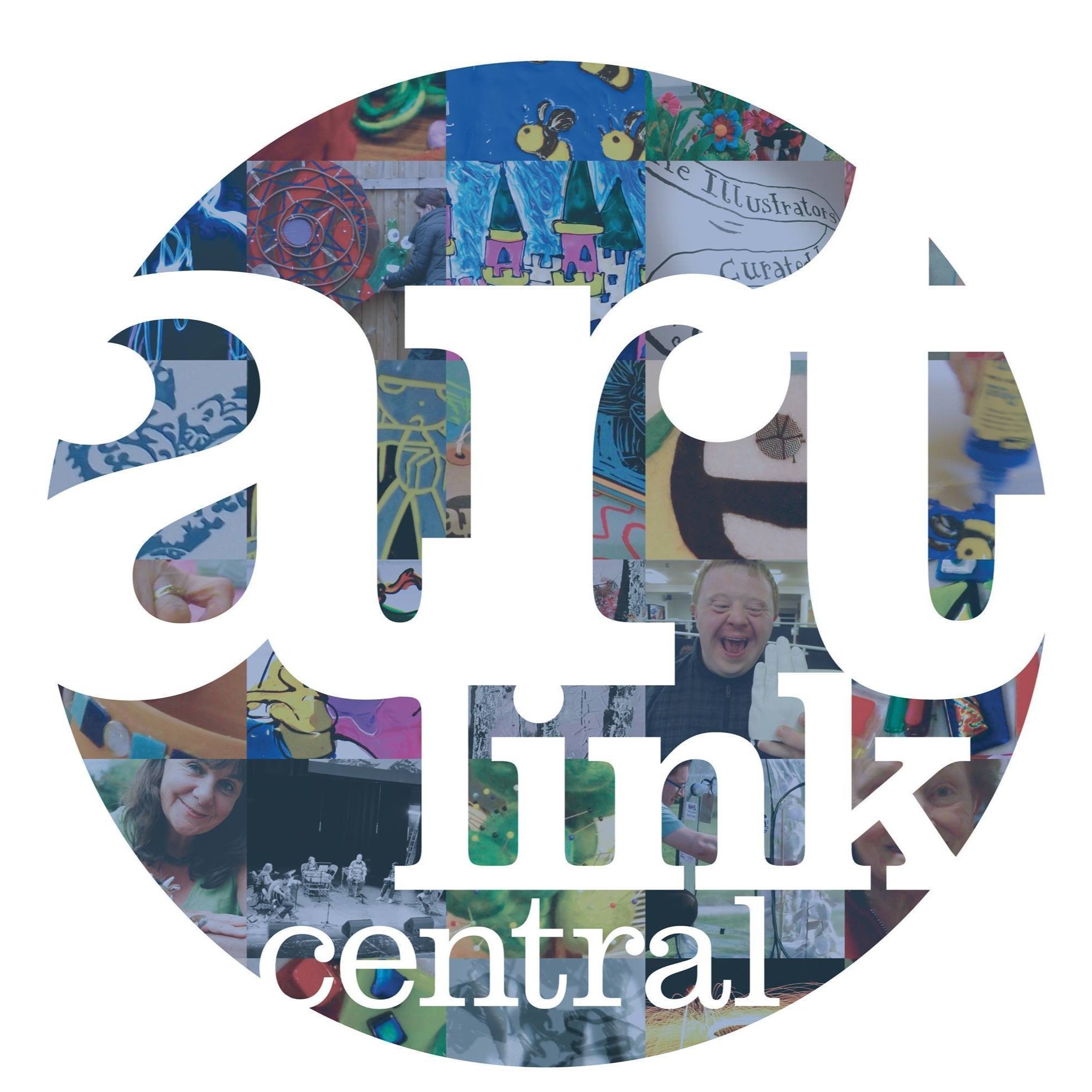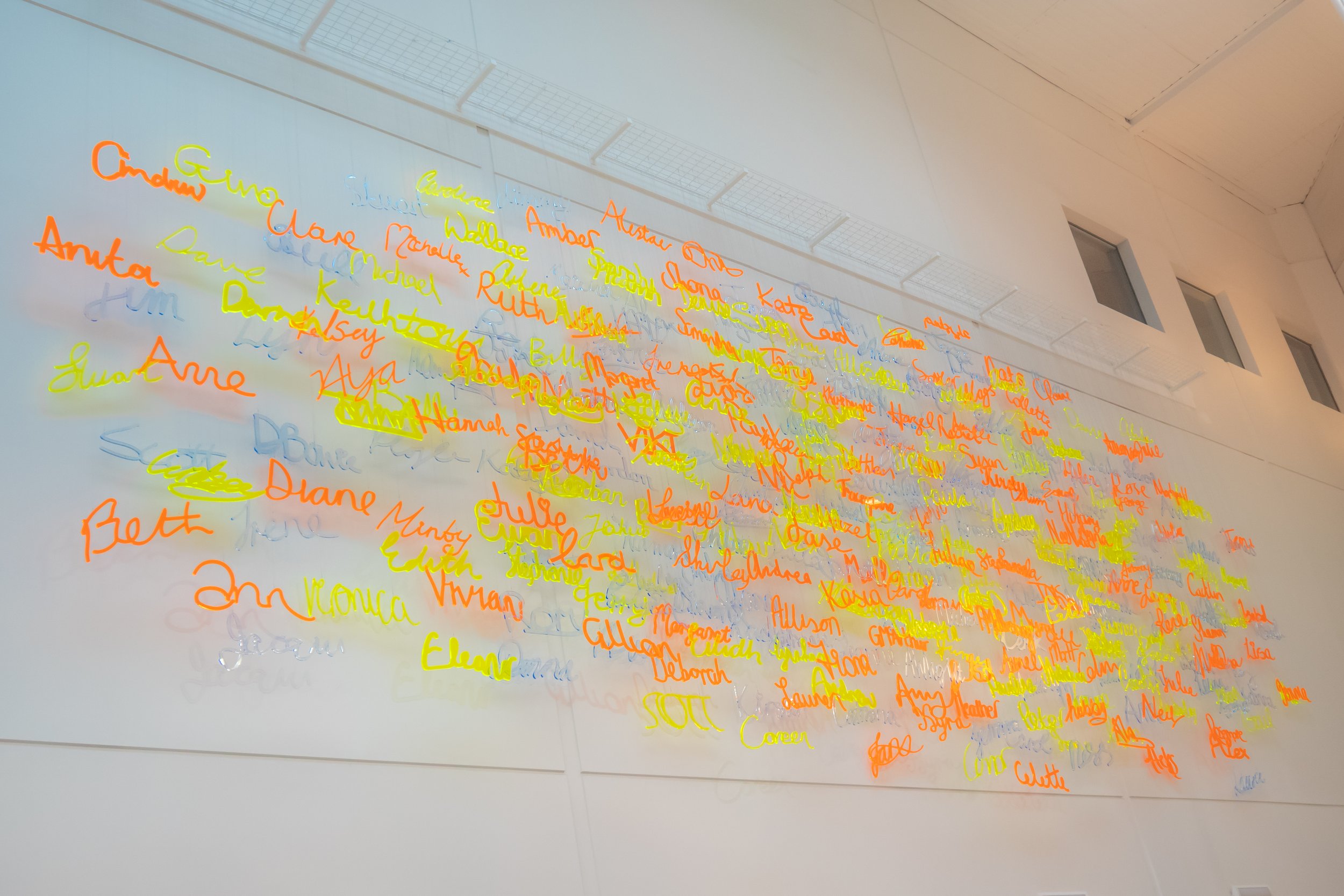
Everyone, Everyday, Evermore: the NHS Forth Valley Organ and Tissue Donation Memorial
366 signatures.
A person, a name, a story, a memory for every day of the year.
This memorial was conceived by donors, recipients, clinicians and supporters on the NHS Forth Valley’s Organ and Tissue Donation Committee. For some members of the commitee, the artwork also reflects their own experience that everyone and everyday holds the potential to have life-saving conversations that outlive us evermore.
Former NHS Forth Valley nurse Jane Hall's husband George, 56, collapsed with a catastrophic brain haemorrhage with no chance of recovery.
"Organ donation was the easiest decision I made that day because we had conversations as a family. I am very proud of George – his kidneys, heart, liver and pancreas saved the lives of others. This is not just a memorial forthe donors and recipients, but a reminder that people are about today because of the choices they made; because of the conversations they had with loved ones.”
Dr Helen Tyler’s cousin Caroline, a first-year medical student, died following a tragic accident. Through organ donation she offered new hope to at least 5 transplant recipients, including her heart being transplanted to save the life of another student. Helen, Consultant in Anaesthetics & Intensive Care Medicine and Regional Clinical Lead for Organ Donation, said:
“She had been training to be a doctor and always wanted to help people. Through donating her organs her family believed she had achieved that. Caroline’s conversations with her family about donation saved lives. Hopefully this memorial will encourage more people to reflect and have those conversations.”
Drawing from a public engagement day at Forth Valley Royal Hospital pre-pandemic and conversations with families of donors, transplant recipients, patients awaiting transplant and hospital staff, artist Hans K Clausen developed an idea of a ‘floating’ translucent artwork. The ‘cloud like’ sculpture is formed from signatures and hand-written names collected from across the hospital community and from individuals whose lives have been affected by organ donation.
The theme of the artwork is to express gratitude for the giving of life to others. For donors’ families and recipients, the hope is that it will provide a place of memorial; for the public it will act as a reminder of the value of organ and tissue donation and it will also have a presence as a contemporary artwork on its own expressive terms.
Hans K Clausen is a graduate of Leith School of Art and Edinburgh College of Art, BA Hons in Sculpture. In 2012 he received an Edinburgh Sculpture Workshop new graduate studio award, and won London’s Degree Art Prize for Sculpture.
He has exhibited nationally and internationally and developed a strong interest in, and reputation for, collaborative and socially engaged art. He has held several artist residencies in health care and education settings and been commissioned to produce both temporary and permanent public art works. In 2019 in collaboration with North Edinburgh Arts he was commissioned to create The People’s Museum of Memory and Myth (www.pmmm.co.uk) a socially engaged cabinet of curiosity which won a Building Better Healthcare Award. Hans is a studio holder at Edinburgh Sculpture Workshop, the creator and custodian of ‘The Winston Smith Library of Victory and Truth’, and the Hospital Exhibitions Manager for TonicArts, NHS Lothian Charity.
“I see the sculpture as an abstract and organic form of memorial. It will not list particular dates or formally document specific individuals, Instead it will bring together a community of 366 people, recorded only by their signature or first name. Their placement and connection to each other will be random and unspecified but will represent a person for each day of the year. Signatures and hand-writing like fingerprints symbolise our individuality but signatures also represent the agreements, contracts, commitments and bonds we create with other people.”
- Hans K Clausen, commissioned artist
This video animation was created by Jakub Bieganski who also supported the project by digitising all 366 names and preparing them for being laser cut. Jakub got involved in the project as a student at Forth Valley College.
From concept to reality
The sculpture is created from 366 laser cut acrylic signatures/names collected from the hospital community forming an organic ‘cloud’ like shape, covering a wall area of approximately 12 mts. long x 5 mts. high, projecting from the wall 0.5 mts.
Left: A digital model of the sculpture and its positioning within the atrium of FVRH, prepared by the artist as part of the project proposal.
Right: the sculpture finally installed in situ.
Fluorescent acrylic has been chosen for its illuminated edge which emphasises the form, edges and shadows of the signatures.
A three colour scheme represents the three elements of the organ donation community; the donors, the recipients, and the hospital team.
The specific colour choices have been drawn from narratives from conversations with patients and relatives which frequently referenced the view from a window and an appreciation of the natural landscape;
The land (green), the sky (blue) and the sun – rising and setting (orange).
The colours also reference the colours in the atrium window recesses.
Each of the 366 signatures is suspended on two 0.65mm stainless steel braided cables returned around a solid section of the signature and at the top returned around a section of the ‘basket tray’.
Compressed copper ferrules are used to secure the cable returns at both the signature and ‘basket’ end of the cable. The basket trays rest on brackets at a heigth or approximately 9 meters from the ground. The wires withe the signatures are suspended from these and the drop ranges between a maximum of 5 meters to a minimum of 1 meter from the basket.
The sculpture was installed by a team of 10 including artist Hans K Clausen, staff from Artlink Central and FES, and freelance technicians. Signatures were prepared in advance of the installation, which took place over 3 days in the atrium of FVRH, using scissor lifts to reach the baskets height.
Creating the ‘cloud’
Signatures and names were collected by artist Hans K Clausen and the Artlink Central team between 2020 and 2023 through a series of public engagement events and ward visits at Forth Valley Royal Hospital, Stirling Health and Care Village, Falkirk Community Hospital, as well as via face to face contacts and an online campaign.
“I was the recipient of a donor liver in 2007 after suffering from auto-immune hepatitis. The onset of the illness was fast and frightening. After the successful operation, I was told that, without a transplant, I wouldn’t have survived another week. I will be eternally grateful to the family who were brave enough to agree that their loved one should become a donor. Just over a year later my son, Calum, was born, so they not only saved one life, they helped in the creation of another. ”
“Having been involved in both donors end of life care and recipients receiving a new organ/tissue it is truly humbling to be
involved. We are the individuals who
’turn off’ the machines and take a moment to reflect and thank the donor at the end.”
“My 19 year old sons were diagnosed with degenerative kidney disease meaning they would both need kidney transplants. My wife and I got tested and following a successful screening process I donated my kidney to my son Nathan in March 2019. This has transformed his life and he now lives a normal healthy life that he had been denied for a few years. We are so grateful to the Renal Staff at Forth Valley for their help, support and the aftercare they have given Nathan and love the idea of this memorial and the importance it highlights towards organ donation. ”
“I am an organ donor, I donated a kidney to my husband in 2012. I did not think twice about offering my husband a kidney, it was definitely the best option if I was to be compatible, luckily I was. It was a big operation at the time as I believe it can be done by key hole surgery now. We were also told at the time that it was one of the first spousal transplants to be done. We attend FVR Renal unit. ”
“I am the mother of an organ donor. Sadly my son passed away unexpectedly in FVRH in 2020 after 6 days in ICU. When the consultant discussed organ donation with me, I had no real hesitation about agreeing to this. I knew it was what my son would have wanted. I am very proud of him and it has also been a small glimmer of positivity for me and my family at such a very difficult time in our lives, knowing that he was able to help save the lives of others. Graeme was such a kind generous young man who always believed organ donation was absolutely the right thing to do and carried a donor card in his wallet for years. If his organs were no use to him but could benefit and improve the lives of others then it was a ‘no brainer’ in his opinion! He was able to donate his lungs to one recipient and his kidneys to two individuals, as well as some eye tissue. His organ donations were his last acts of kindness and generosity.”
“My sister-in-law Colette became an organ donor in November 2015. Colette was a very special person to a lot of people with the most amazing smile and infectious laugh. She lived life to the full and was loved by all her family and friends. We take comfort knowing that she went on to help others when her life was sadly and suddenly taken from her.”
“My brother received a kidney transplant in 2001 and still attends the renal unit. I have nominated Terry due to his connection to organ donation receiving a kidney transplant after 2 failed attempts. Myself and my family are all so proud of him and all he has achieved, he is one of the kindest most selfless people I know.”
“I received a double transplant in 2007, a kidney and a pancreas. My donor was Conor, a 17 year old road traffic accident victim. I am in contact with his parents now.”
“I have witnessed the positive impact of organ donation as a doctor but also the comfort and hope my family experienced as we have been touched by both donation and the gift of transplantation. Caroline, my cousin, became an organ donor when she sadly died far too young. Despite her young age she had made clear her wishes and we all took comfort in the lives she was able to save through this amazing gift.”
“In April 2017 I received a kidney transplant which has basically changed my life. My wife and I can never thank the family of my donor for thinking of others during their own mourning of a loved one. ”
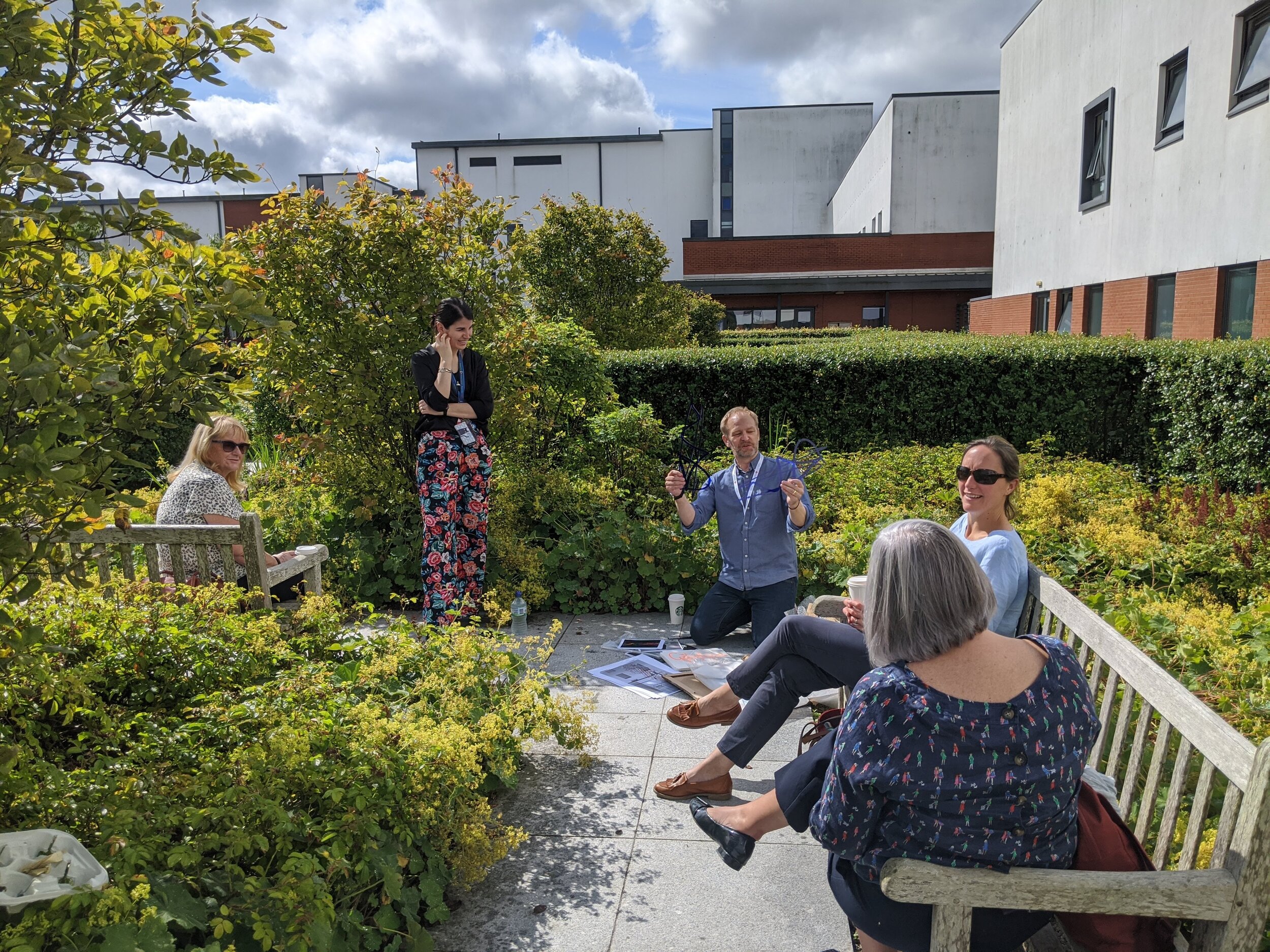
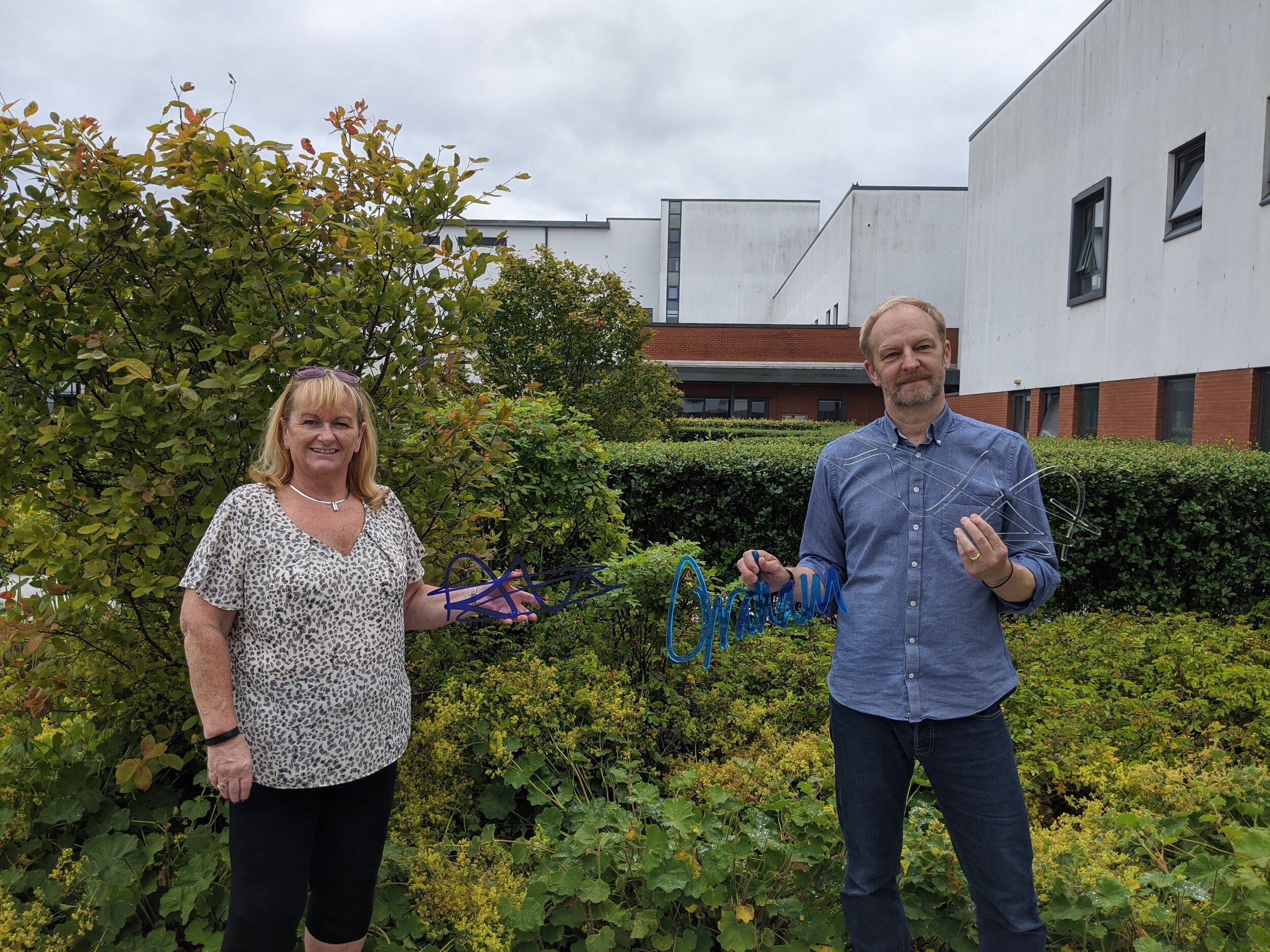
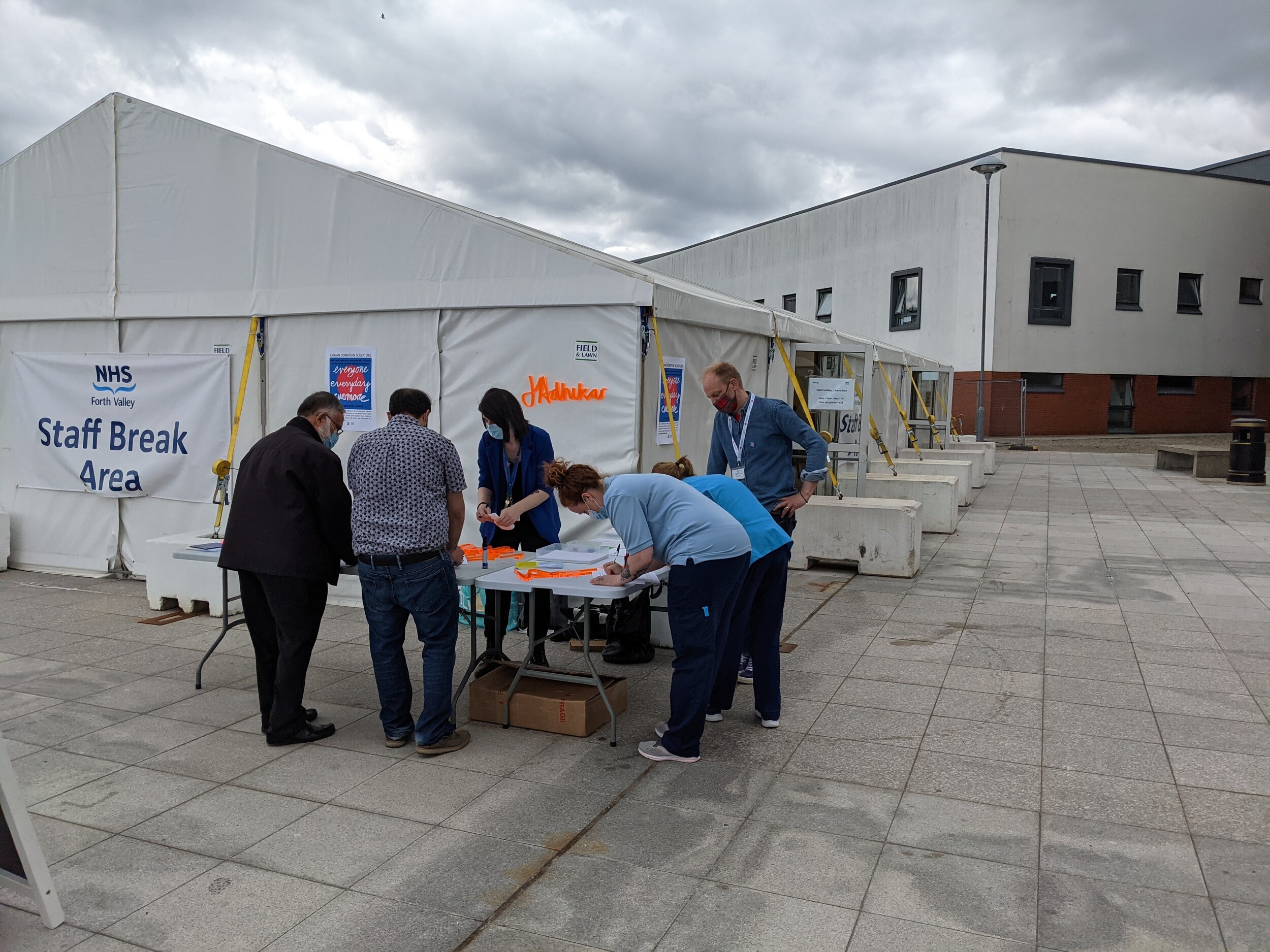
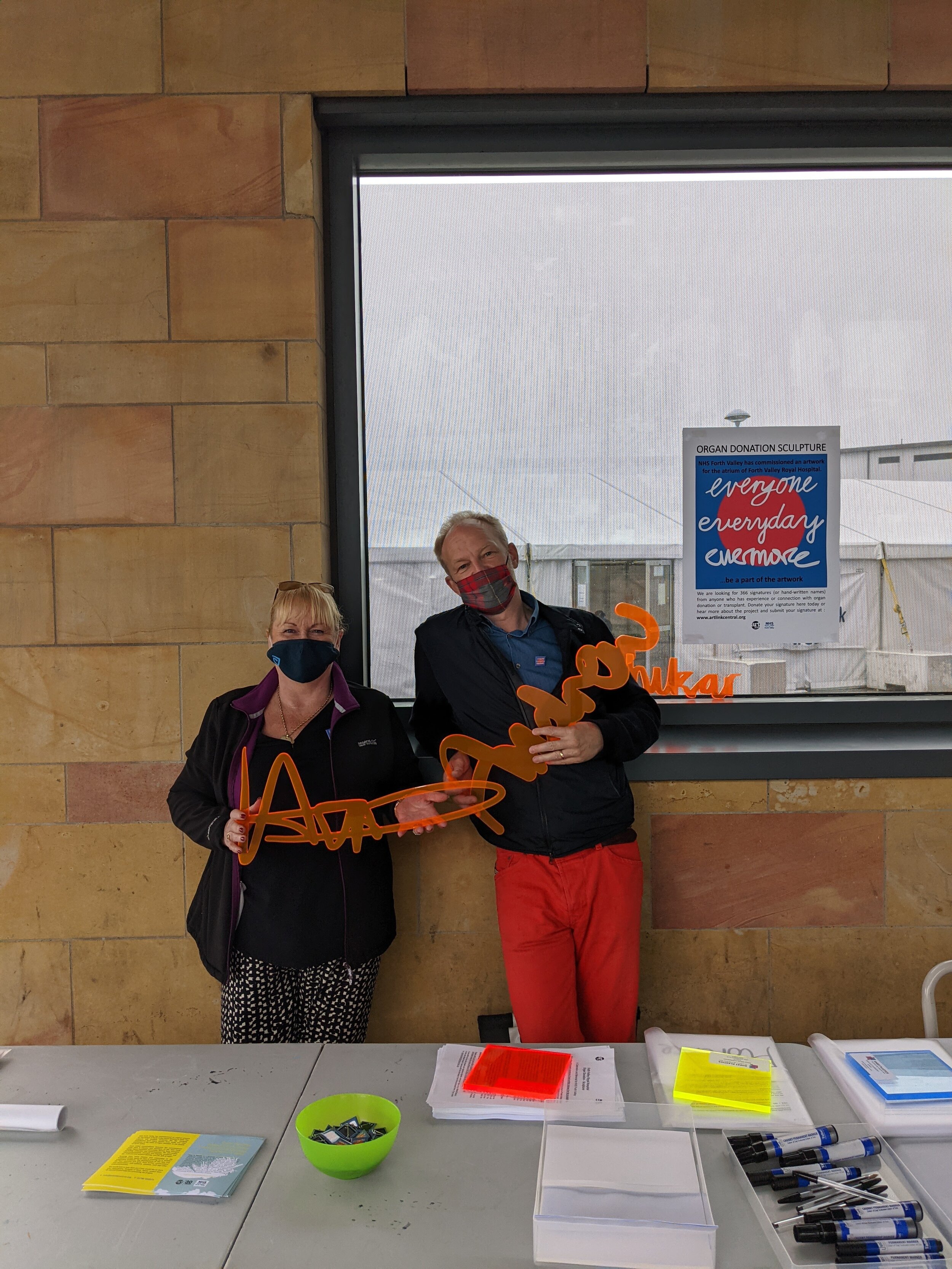
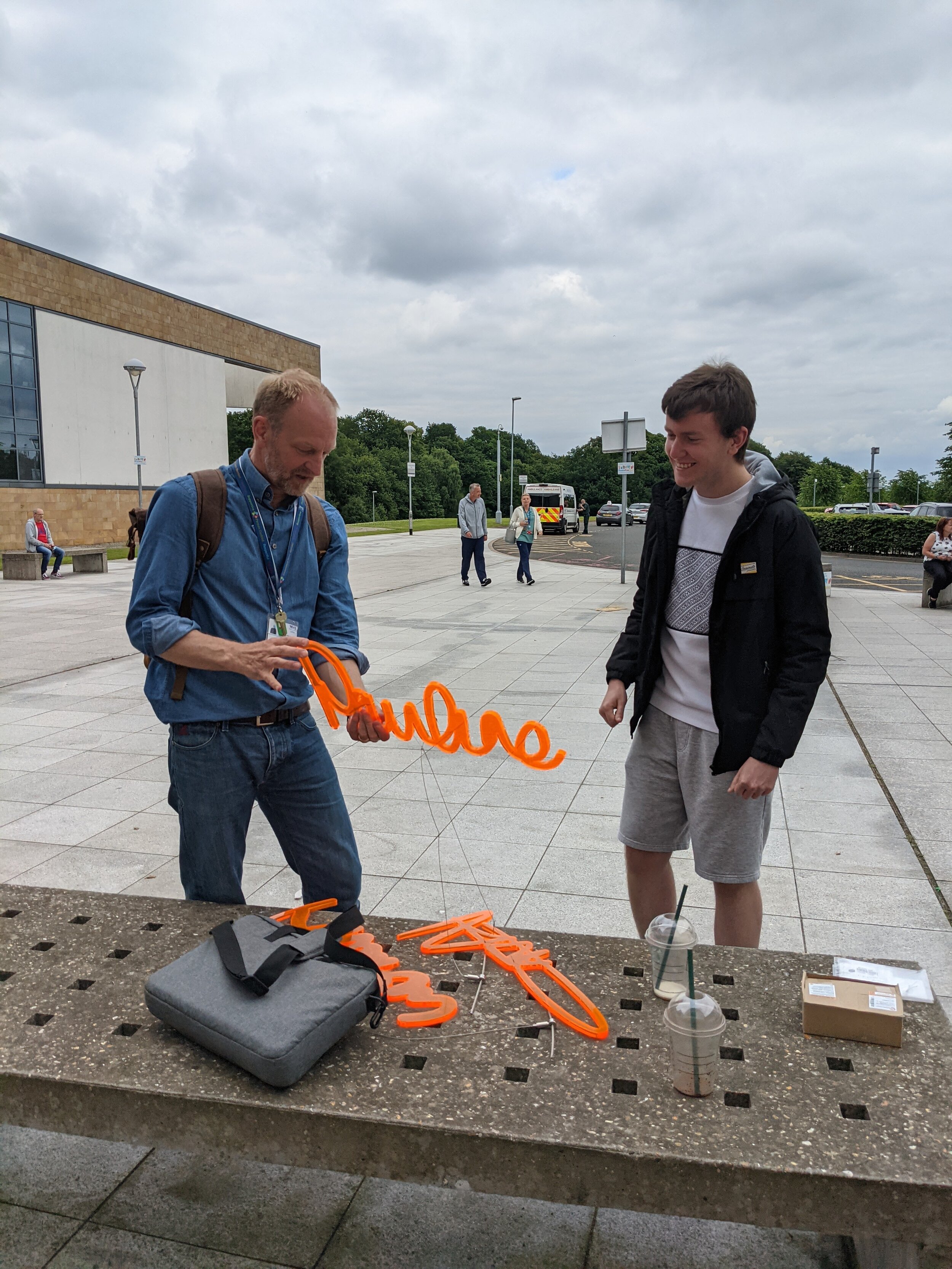





All the conversations and stories that were shared influenced the final design and concept for the artwork. These narratives highlighted the unique experiences of each individual, represented in the sculpture by their handwritten name, and the power of the collective community represented by the interconnected structure of the sculpture. The sculpture also aims to be meaningful to the wider community, through the recognition and association that the names may have for everyone who engages with it.
People were asked to sign their first name, or the name of a loved one, and to share their story if they wished.
Some of these stories are below:
“To produce an artwork that is both a memorial and a celebration, and that will enhance the hospital environment for years to come is a challenge and a responsibility. I trust the final sculpture will do justice to all the people, stories and experiences that have contributed to its evolution and that it can communicate a narrative and legacy of generosity and hope.
— Hans K Clausen
The project was made possible thanks to funding and support from:
